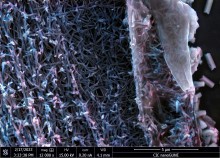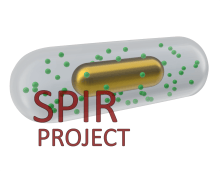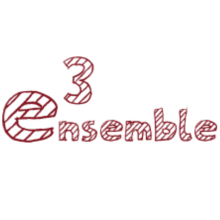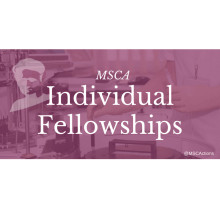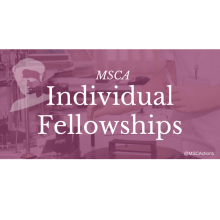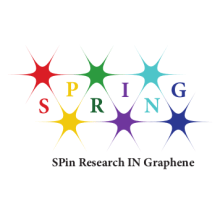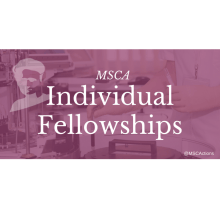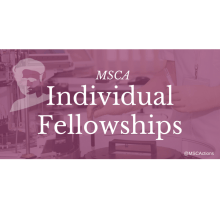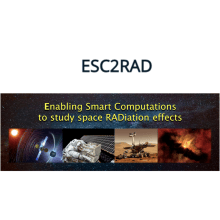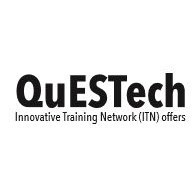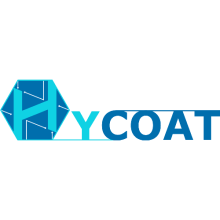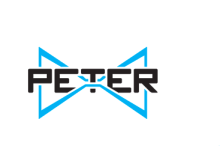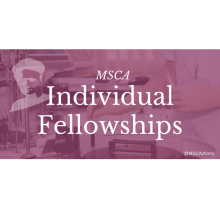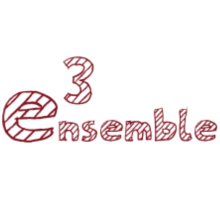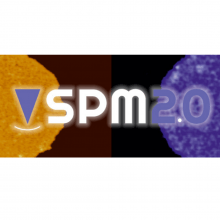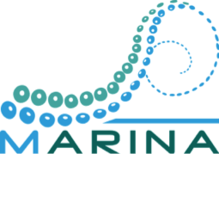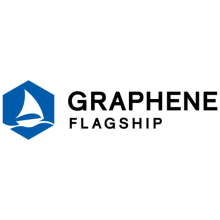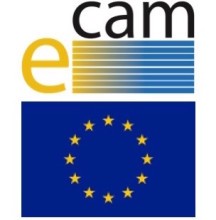Projects at a glance
HYTEM - Organic-inorganic hybrid thermoelectric materials through a new concept of simultaneous vapor phase coating and infiltration (VPI/SCIP)
Polymers and inorganics come together to support novel waste heat harvesting.
Organic-inorganic hybrid materials can significantly enhance the design space for novel functionalities, integrating the best properties of the individual components and even resulting in new ones. Polymers and functional inorganic compounds are the top players in the world of materials science. With the support of the Marie Skłodowska-Curie Actions programme, the HYTEM project will bring them together literally, generating inorganic structures simultaneously in the subsurface of a bulk polymer and on its top surface. The expected result: novel hybrid thermoelectric materials able to scavenge waste heat and turn it into electricity with unparalleled efficiency.
SPIR - Spasers in the infrared range
One of the important directions of modern medicine is noninvasive diagnostics. The urgency of the problem is determined by the search of safe methods of examination and sparing techniques of collection of material for medical analysis when the patient does not feel pain, physical and emotional discomfort.
ENSEMBLES3 Phase II - Centre of ExcelleNce for nanophotonicS, advancEd Materials and novel crystal growth-Based technoLogiEs
The grand objective of the project is to create the Centre of Excellence ENSEMBLE3, which will focus on research excellence and innovation performance in the area of crystal growth-based technologies, novel functional materials with innovative electromagnetic properties, and applications in nanophotonics, optoelectronics and medicine.SPRING - SPin Research IN Graphene
The EU-funded H2020 project SPRING (project ID 863098) is focused on the development of new graphene-based magnetic components that contribute to the creation of faster and environmentally friendly electronic devices. This international research project is coordinated by CIC nanoGUNE (ES) in partnership with IBM (CH), University of Santiago de Compostela (ES), Technical University of Delft (NL) and University of Oxford (UK), and Donostia International Physics Center (ES).
R-I PEERS- Pilot experiences for improving gender equality in research organisations
The R&I PEERS project will be based on the concept of gender equality, that can be expressed as “women and men enjoy the same status and have equal opportunity to realize their full human rights and potential to contribute to national, political, economic, social and cultural development, and to benefit from the results”.QuESTech - QUantum Electronics Science and TECHnology training
QuESTech (Project ID: 766025) is a consortium of 7 leading European research laboratories and 2 high-tech companies. Supported by the European Community, QuESTech will provide a challenging, state-of-the-art training for young researchers in the general field of experimental, applied, and theoretical quantum electronics. The main scientific topics include spintronics, molecular electronics, single electronics, transport in low-dimensional structures, and quantum thermodynamics.HYCOAT - A European Training Network for Functional Hybrid Coatings by Molecular Layer Deposition
Thin films of hybrid materials engineered at the molecular scale can enable breakthroughs in several economically and socially relevant technological application areas including packaging & encapsulation, electronics, batteries and biomedical applications. With self-limiting binary reactions, Molecular Layer Deposition (MLD) is the ideal deposition technique for growing ultra-thin, uniform, conformal hybrid films with precise and flexible control over the film thickness and molecular-scale chemical composition. The key objective of HYCOAT is to create a group of exceptionally well-trained young researchers who have a deep understanding of all aspects of MLD technology, as well as broad vision on the application potential of hybrid coatings.PETER-Plasmon Enhanced Terahertz Electron Paramagnetic Resonance
We propose to establish Plasmon -enhanced Terahertz Electron Paramagnetic Resonance spectroscopy and scanning microscopy as a unique Electron Paramagnetic Resonance (EPR) platform for high-sensitivity local analysis of paramagnetic organic and inorganic species and materials. Here, we will deliver novel hardware and infrastructure providing ground-breaking innovation in the magnetic sensing and imaging.DELICE- Device oriented molecular spin filter based interfaces
We live in a constantly changing society in which information and communication are at the basis of our economy. To keep progressing is essential to investigate new feasible ways to control and manipulate information in order to develop faster, smaller and less consuming devices. Organic Spintronics has emerged as a promising field to develop low-cost, mechanically-flexible and multi-functional devices in which information is carried not only by the charge but also by the spin of electrons.ALD4MAX- Atomic Layer deposition For tailored bottom-top growth of MAX and MXene films
Atomic Layer Deposition For tailored bottom-top growth of MAX and MXene films.ENSEMBLES3 - Centre of ExcelleNce for nanophotonicS, advancEd Materials and novel crystal growth-Based technoLogiEs
Within the project an extensive, detailed and robust Business Plan will be developed for setting-up of the Centre of Excellence ENSEMBLE3, with focus on the research excellence and innovation performance in the area of crystal growth-based technologies, novel functional materials with innovative electromagnetic properties, and applications in nanophotonics, optoelectronics, telecommunication, medicine, and photovoltaics.
SGPCM- Switching grapheme-plasmon with phase-change materials
Graphene plasmons (GPs), is enable the transport and control of light on an extreme subwavelength scale as well as the dynamic tunability via electric-gate voltage, which can be exploited for numerous applications such as for strong light-matter interactions, tunable infrared biosensing and absorption spectroscopy, subwavelength optical imaging, as well as for the development of tunable transformation optics devices, metamaterials and metasurfaces.
SPM2.0- Scanning probe microscopies for nanoscale fast, tomographic and composition imaging
Advanced Microscopy are widely recognized as one of the pillars onto which the research and manufacture of Nanotechnology based products is sustained. At present, the greatest challenge faced by these techniques is the realization of fast and non-destructive tomographic images with chemical composition sensitivity and with sub-10 nm spatial resolution, in both organic and inorganic materials, and in all environmental conditions.MARINA - Marine Knowledge Sharing Platform for Federating Responsible Research and Innovation Communities
The objective of the MARINA project is to accomplish the resolution of marine related issues and problems following the responsible research and innovation principle, creating an all-inclusive Knowledge Sharing Platform, together with federating activities such as Mobilisation and Mutual Lerning workshops and exhibitions. The expected outcome of the Work Programme is a clear improvement of the integration of society in science and innovation.E-CAM - An e-infrastructure for software, training and consultancy in simulation and modelling
E-CAM will create, develop and sustain a European infrastructure for computational science applied to simulation and modelling of materials and of biological processes of industrial and societal importance. Building on the already significant network of 15 CECAM centres across Europe and the PRACE initiative, it will create a distributed, sustainable centre for simulation and modelling at and across the atomic, molecular and continuum scales.

